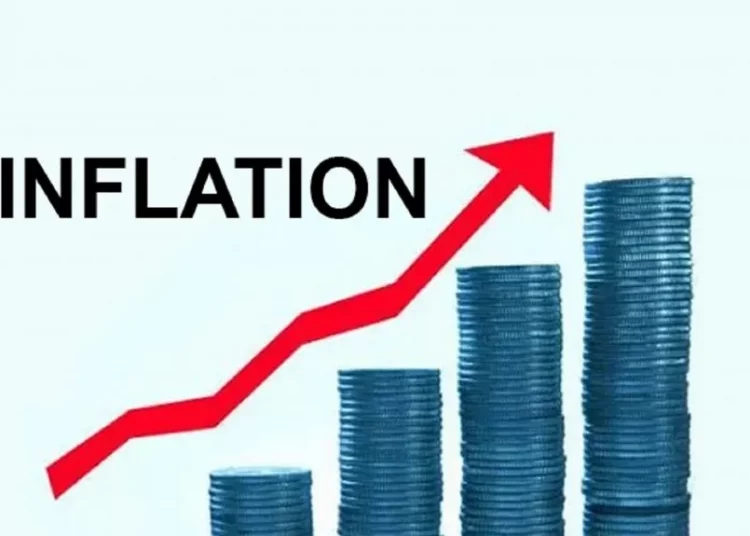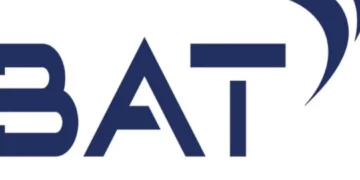The outgoing administration of President Muhammadu Buhari seems to be ending on a poor note with regard to economic output and insecurity that has largely contributed to Nigeria’s record headline inflation. This is as latest figure by statistics bureau showed that headline inflation rose to historic 22.22 per cent in April, a month to the end of the administration.
The new data released by the National Bureau of Statistics (NBS) showed that in April 2023, inflation rate in Nigeria rose to 22.22 percent relative to March 2023 headline inflation rate which was 22.04 per cent. The April 2023 inflation rate showed an increase of 0.18 per cent points when compared to March 2023 headline inflation rate.
The demand-pull inflation was mainly triggered by the food, urban and rural components.
A closer look at the figures that were released yesterday shows that food inflation rate in April 2023 was 24.61 percent on a year-on-year basis, which was 6.24 per cent points higher compared to the rate recorded in April 2022 (18.37 per cent).
The rise in food inflation on a year-on-year basis was caused by farm products. Insecurity ravaging the country has significantly cut farming activities across the country as the authorities look on.
On a month-on-month basis, the food inflation rate in April 2023 was 2.13 percent, this was 0.06 per cent points higher compared to the rate recorded in March 2023 (2.07 per cent). The average annual rate of food inflation for the twelve months ending April 2023 over the previous twelve months average was 23.22 per cent, which was 4.35 percent points increase from the average annual rate of change recorded in April 2022 (18.88 per cent).
On the flip side, rural inflation rate in April 2023 was 21.14 per cent on a year-on-year basis; this was 4.82 per cent points higher compared to the 16.32 per cent recorded in April 2022.
On a month-on-month basis, the rural inflation rate in April 2023 was 1.78 per cent, up slightly by 0.06 percent points compared to March 2023 (1.72 per cent). The corresponding twelve months average for the rural inflation rate in April 2023 was 20.18 per cent. This was 4.27 per cent points higher compared to the 15.91 per cent recorded in April 2022.
Also disturbing is the fact that on a year-on-year basis, in April 2023, the urban inflation rate was 23.39 per cent, this was 6.05 per cent points higher compared to the 17.35 per cent recorded in April 2022.
On a month-on-month basis, the urban inflation rate was 2.05 per cent in April 2023, this was 0.05 percent points higher compared to March 2023 (2.00 per cent). The corresponding twelve months average for the urban inflation rate was 21.50 per cent in April 2023. This was 4.49 per cent points higher compared to the 17.01 percent reported in April 2022.
On a year-on-year basis, the headline inflation rate was 5.40 percent points higher compared to the rate recorded in April 2022, which was 16.82 per cent, the NBS figures that was released yesterday showed.
That is an indication that the headline inflation rate on a year-on-year basis increased in April 2023 when compared to the same month in the preceding year (i.e., April 2022).
On a month-on-month basis, the all-Items Index in April 2023 was 1.91 percent, which was 0.05 per cent points higher than the rate recorded in March 2023 (1.86 per cent).
This means that in April 2023, on average, the general price level was 0.05 per cent higher relative to March 2023.
The percentage change in the average CPI for the twelve months ending April 2023 over the average of the CPI for the previous twelve months was 20.82 per cent, showing a 4.37 per cent increase compared to the 16.45 per cent recorded in April 2022.





